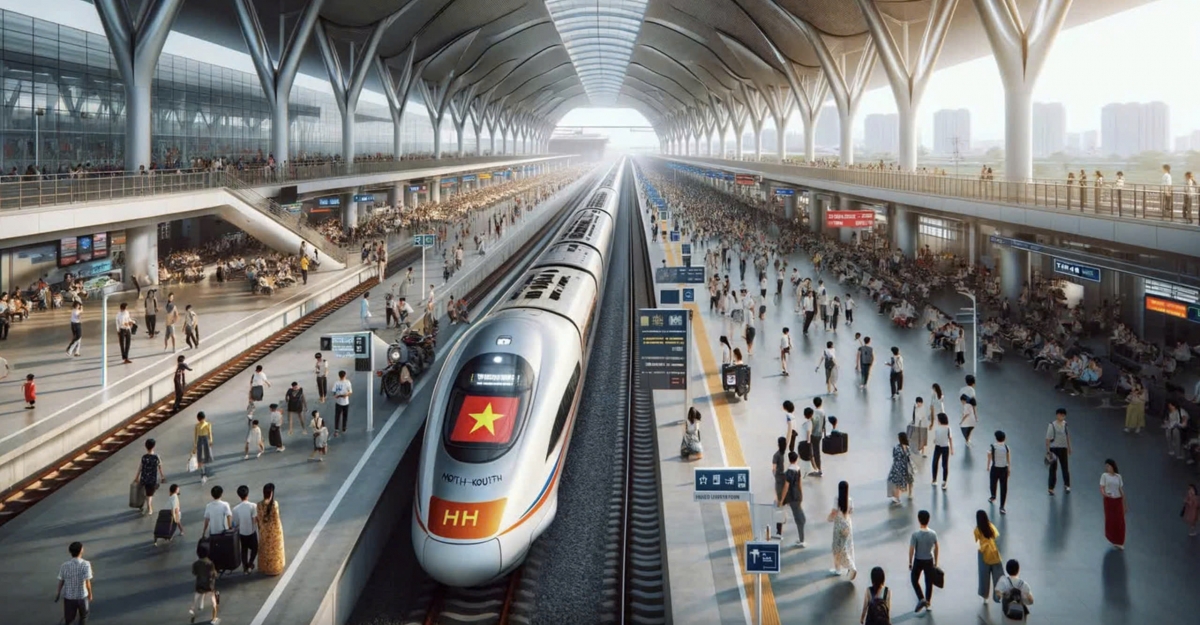Gov’t proposes special mechanism for North-South high-speed rail project
VOV.VN - The government has submitted a proposal to the National Assembly for a special mechanism to implement the North-South high-speed rail project, aimed at meeting the increasing transportation demand and improving the national transport infrastructure.

The proposal was signed by Minister of Transport Nguyen Van Thang, on behalf of the Prime Minister.
According to the proposal, the North-South high-speed rail project will begin at Ngoc Hoi station in Hanoi and end at Thu Thiem station in Ho Chi Minh City, with a total length of approximately 1,541 km. It will be financed through public investment at a total cost of approximately US$67 billion.
The project passes through 20 provinces and cities, namely Hanoi, Ha Nam, Nam Dinh, Ninh Binh, Thanh Hoa, Nghe An, Ha Tinh, Quang Binh, Quang Tri, Thua Thien Hue, Da Nang, Quang Nam, Quang Ngai, Binh Dinh, Phu Yen, Khanh Hoa, Ninh Thuan, Binh Thuan, Dong Nai, and Ho Chi Minh City.
A new double-track railway will be constructed with a gauge of 1,435 mm, designed for a speed of 350 km/h. It will transport passengers and meet dual-use requirements for national defense and security, and it will be capable of transporting goods when necessary.
To facilitate the construction of the project over the next 10 years, the government has proposed that the National Assembly apply 19 special mechanisms and policies for the project.
Notably, regarding technology, the government recommended that the National Assembly allow the application of a list of products of the railway industry, supporting industries, and other industries related to the project, which would be assigned to or contracted out to Vietnamese organizations and enterprises.
Priority will be given to selecting general contractors and subcontractors capable of transferring new, modern, and complex technologies that are not yet available domestically.
For products of the railway industry, supporting industries, and other industries that can be produced domestically, the project owner, general contractor, and subcontractors must prioritize ordering from Vietnamese enterprises.
Regarding the development of land resources along the route, it is proposed that provincial People’s Committees be authorized to make local adjustments to planning in order to optimize the added value of the land.
In particular, the government also proposed to be granted the authority to adjust investment policies and project modifications to streamline procedures and enhance decentralization.
It is anticipated that the National Assembly will consider and decide on the investment policy for this project in its year-end session which is scheduled to begin its month-long sitting in Hanoi on October 21.


